Few souvenirs compare to bringing home a region’s culinary secrets—the authentic techniques and traditional recipes that transform ordinary ingredients into expressions of cultural heritage. Cooking classes have evolved from simple demonstrations into immersive cultural experiences, in which visitors shop at local markets, learn family recipes, and create meals using methods passed down through generations.
These hands-on educational experiences provide deeper insights into a destination than any restaurant meal could offer, while equipping travelers with skills they’ll carry home long after the end of their vacation. The world’s best cooking classes combine expert instruction with cultural context and memorable settings.
Here is a list of 18 destinations where culinary education transcends the kitchen to become a highlight of any travel itinerary.
Hoi An, Vietnam
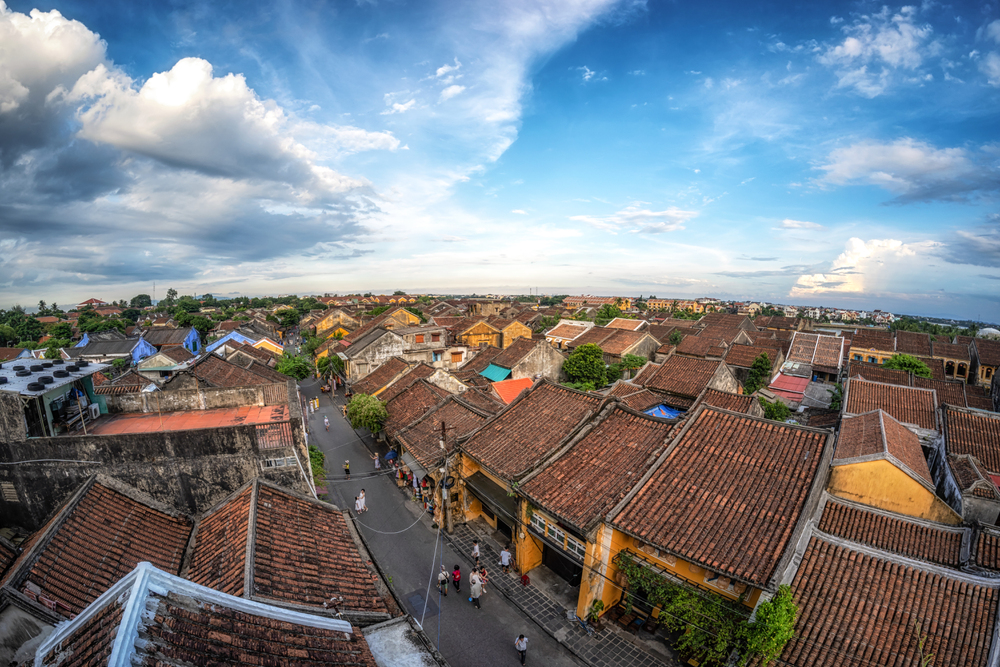
This UNESCO-protected ancient trading port has transformed into Vietnam’s culinary classroom, with dozens of cooking schools operating from colonial shophouses and riverside gardens. Morning classes typically begin with early-morning visits to the central market, where instructors demonstrate how to select the freshest herbs, noodles, and produce while explaining the critical balance of sweet, sour, salty, spicy, and bitter flavors that define Vietnamese cuisine.
Students then retreat to open-air kitchens where they master the art of rice paper rolls, create vibrant herb-filled salads, and perfect the clear broths that form the foundation of central Vietnamese cooking. The classes often conclude with leisurely meals in atmospheric courtyards where participants enjoy their creations alongside cold local beers while swapping travel stories with classmates from around the world.
Oaxaca, Mexico

Known as Mexico’s culinary capital, this highland city offers cooking experiences focused on preserving pre-Hispanic techniques alongside colonial influences that have shaped the region’s distinctive cuisine. Classes often begin with visits to open-air markets where instructors explain the dozens of chile varieties, the lifecycle of chapulines (grasshoppers), and the production methods behind Oaxaca’s famous string cheese.
Students learn to make proper masa from scratch using ancient nixtamalization processes before transforming the dough into hand-pressed tortillas, memelas, and tlayudas topped with complex moles that can contain upwards of 30 ingredients. Many schools incorporate traditional clay cookware and charcoal-fired comales (griddles) to demonstrate how cooking methods influence flavor development in dishes that have remained relatively unchanged for centuries.
Like Travel Pug’s content? Follow us on MSN.
Bologna, Italy
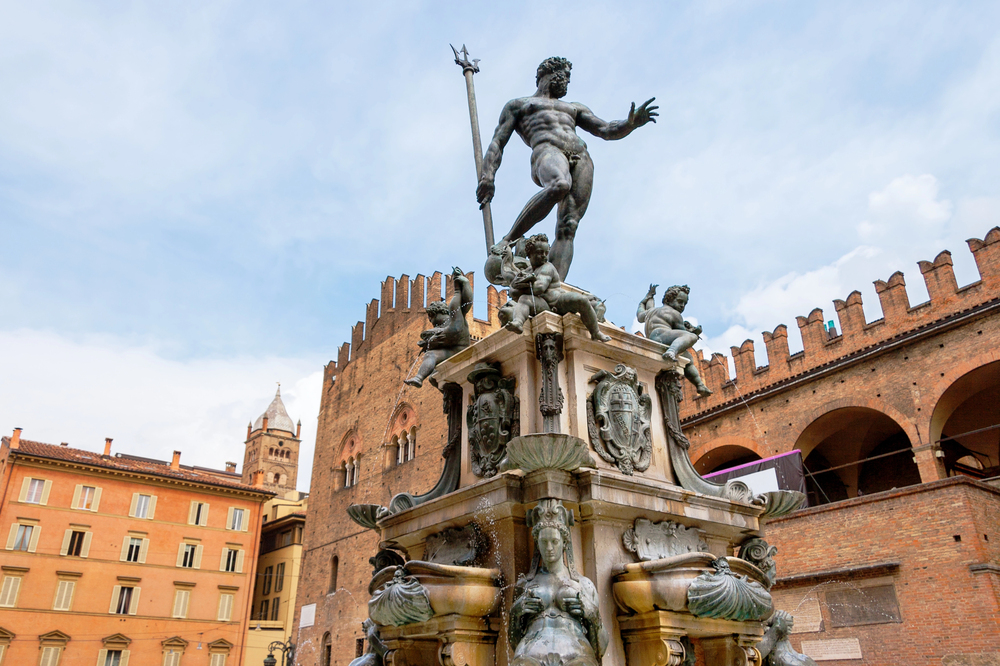
The capital of Emilia-Romagna—Italy’s most celebrated food region—offers pasta-making classes where grandmothers share family techniques for creating silky egg pasta dough rolled thin enough to read a newspaper through. Students learn the distinctive regional shapes, including tortellini, tagliatelle, and garganelli, each designed to hold specific sauces and fillings that showcase local products like aged Parmigiano-Reggiano and traditional balsamic vinegar.
The full-day experiences often include visits to nearby producers where participants witness Parmigiano being lifted from copper vats and prosciutto di Parma aging in climate-controlled chambers. Between cooking sessions, instructors explain how Bologna earned its nickname “La Grassa” (the fat one) through centuries of culinary abundance tied to the fertile Po Valley surrounding the medieval city.
Chiang Mai, Thailand
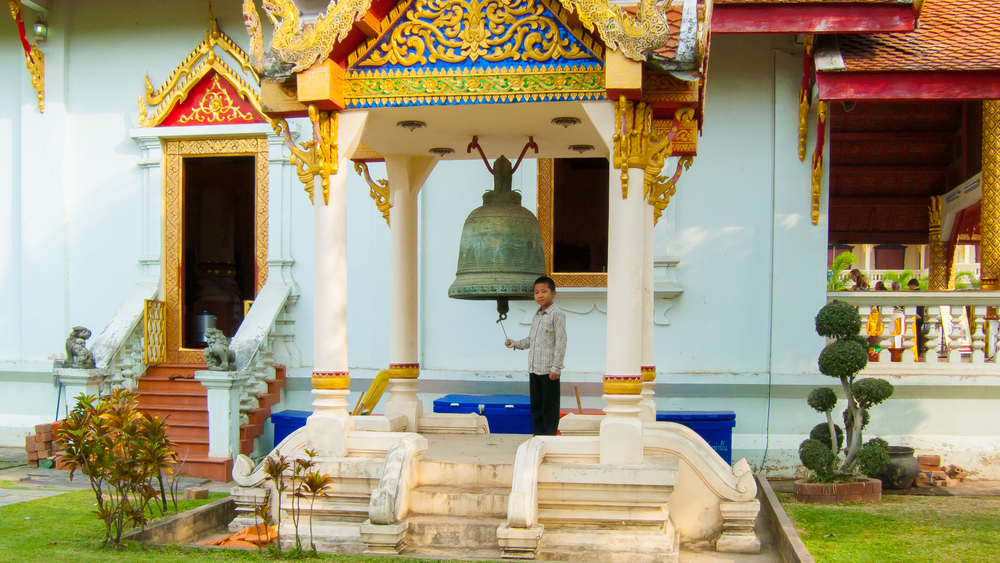
Surrounded by mountains in northern Thailand, this ancient city serves as the center for learning the distinct cuisine of the former Lanna Kingdom with its stronger influences from Myanmar and China than seen in Bangkok’s cooking. Organic farm-based schools have proliferated in the surrounding countryside, where students harvest ingredients before learning to properly pound curry pastes using heavy stone mortars that extract essential oils more effectively than any modern appliance.
Teachers demonstrate proper wok techniques for achieving wok hei (the “breath of the wok”) while explaining the importance of balancing Thailand’s four fundamental flavors in every dish. Multi-day courses often include homestays with local families, allowing participants to observe how daily Thai cooking differs from restaurant preparations normally encountered by tourists.
New Orleans, Louisiana

This uniquely American city offers cooking classes exploring the confluence of French, Spanish, African, and Caribbean influences that created one of the world’s most distinctive regional cuisines. Historic French Quarter cooking schools operate from converted Creole townhouses where instructors demonstrate the art of proper roux-making—patiently stirring flour and fat to various shades from blonde to chocolate—as the foundation for gumbo and étouffée.
Students learn to layer flavors using the “holy trinity” of bell peppers, celery, and onions while mastering seafood preparation techniques essential for dishes featuring Gulf shrimp, crawfish, and oysters. Between cooking sessions, participants sample historic cocktails while learning how New Orleans’ cultural and culinary traditions have remained intertwined through centuries of economic and environmental challenges.
Like Travel Pug’s content? Follow us on MSN.
Marrakech, Morocco
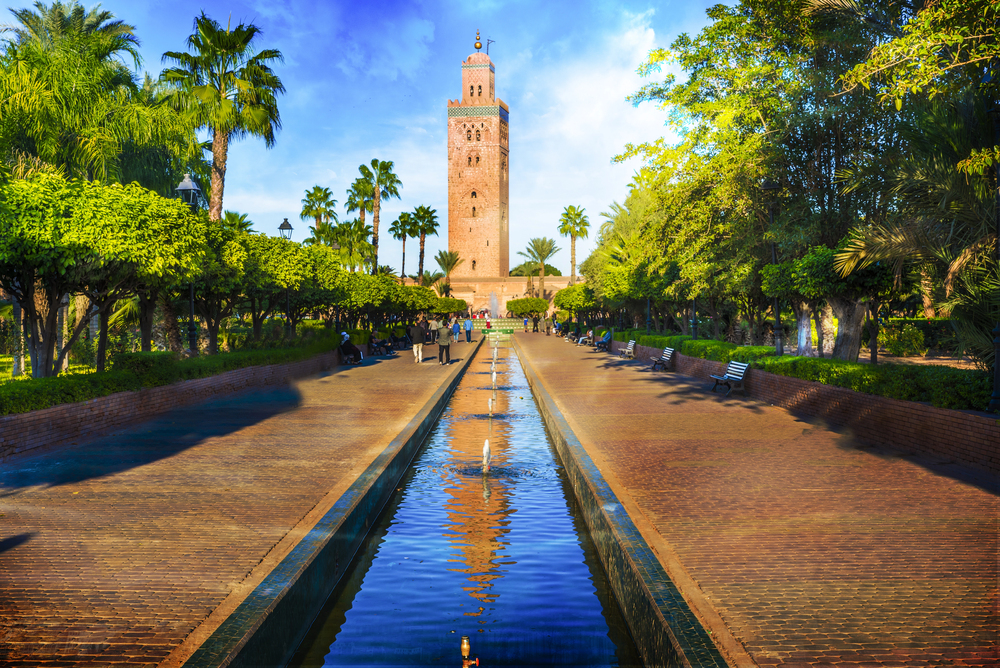
The ancient imperial city offers tagine workshops where participants learn the science behind this distinctive cone-shaped clay vessel that creates self-basting stews through its ingenious design. Classes typically begin in the labyrinthine souks, where instructors demonstrate how to select the right spice blends while explaining the medicinal properties traditionally attributed to ingredients like saffron, preserved lemon, and argan oil.
The hands-on sessions take place on rooftop terraces overlooking the medina, with students learn to layer ingredients properly inside tagines placed over charcoal braziers, where they slow-cook while participants also prepare accompanying dishes like fluffy couscous and fresh-baked flatbreads. The day typically concludes with a traditional mint tea service where students learn the proper pouring technique from a silver height that aerates the sweet tea.
Tokyo, Japan
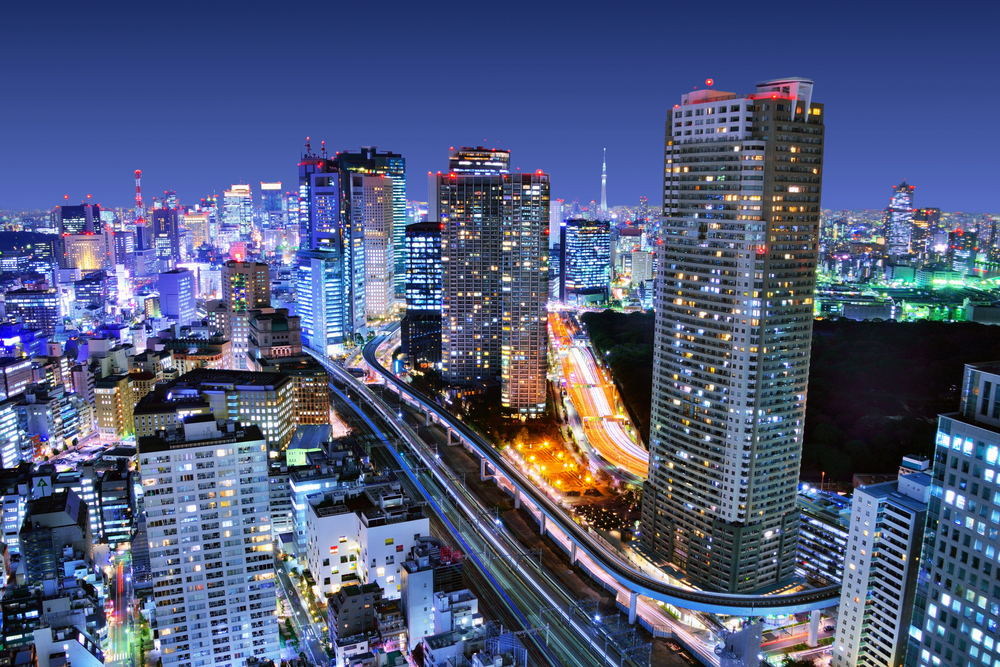
Japan’s capital offers specialized cooking classes focused on mastery of specific techniques rather than comprehensive overviews, allowing students to develop a deeper understanding of individual elements like dashi (stock) preparation, knife skills, or perfect rice cooking. Sushi workshops operated by retired itamae (sushi chefs) teach proper rice seasoning and precise fish cutting alongside etiquette lessons explaining why certain behaviors—like rubbing wooden chopsticks together—might offend in high-end establishments.
Small groups gather around master instructors in intimate settings where they learn the philosophical concepts underlying Japanese cuisine—especially seasonality, minimalism, and the importance of presentation. Multi-day intensives sometimes include dawn visits to the Toyosu fish market, where participants witness the tuna auctions before selecting fresh seafood for their morning lessons.
Istanbul, Turkey
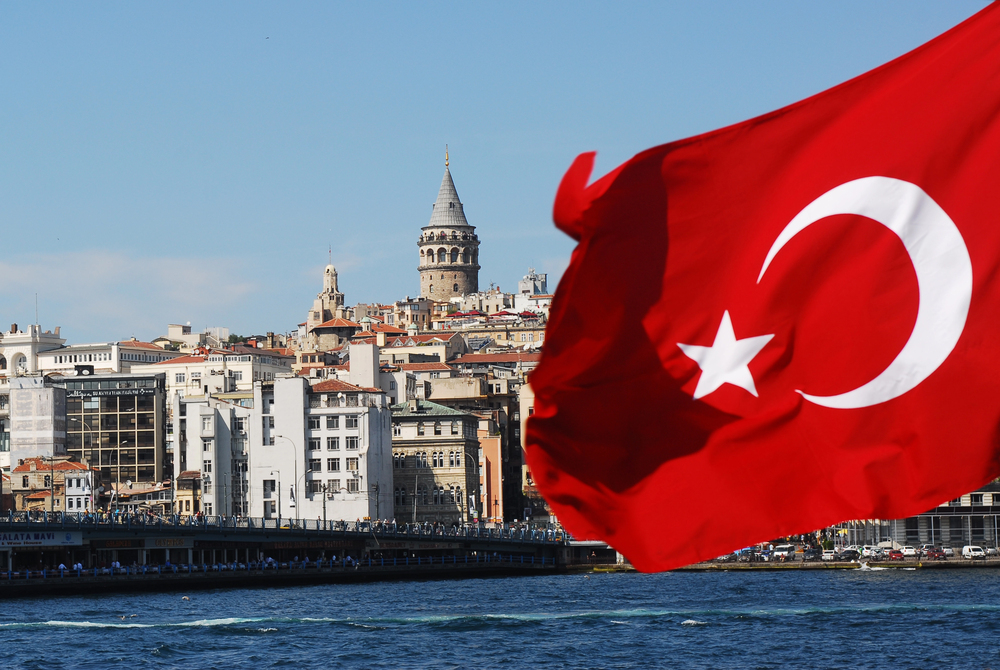
The transcontinental city bridges culinary traditions from the Mediterranean, Middle East, Caucasus, and Central Asia, with cooking classes reflecting this diverse heritage. Morning sessions often start with visits to neighborhood markets where instructors demonstrate how to select the freshest seasonal produce before retreating to spacious kitchens housed in restored Ottoman buildings.
Students learn the precise folding techniques for börek pastries, master the art of proper mezze preparation, and understand the slow-cooking methods essential for developing flavors in traditional stews like kuzu tandir (slow-roasted lamb). Between cooking segments, teachers explain how religion, imperial history, and geography have shaped Turkey’s distinctive cuisine while participants enjoy Turkish coffee prepared in small copper cezves over hot sand that maintains perfect temperature control.
Like Travel Pug’s content? Follow us on MSN.
Luang Prabang, Laos
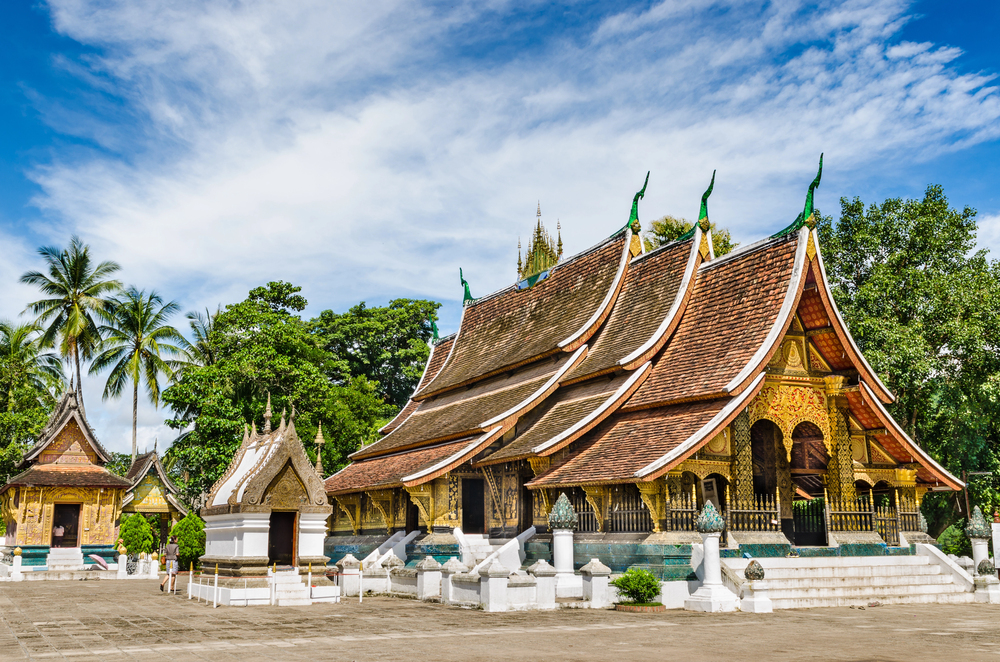
This UNESCO-protected former royal capital offers intimate cooking experiences focused on a cuisine that remains relatively undiscovered compared to its Southeast Asian neighbors. Classes often begin with early morning alms-giving to Buddhist monks before visits to fresh markets, where instructors explain distinctive Laotian ingredients like galangal, kaffir lime, and the dozens of foraged herbs that give the cuisine its uniquely medicinal quality.
Students work at individual cooking stations set in tropical gardens, learning to prepare jeow (dipping sauces) using traditional stone mortars, master the perfect texture for sticky rice, and properly wrap fish in banana leaves before grilling over open flames. The lessons typically incorporate discussions about animist traditions that influenced Laotian food culture and the importance of foraged foods in rural communities.
San Sebastián, Spain
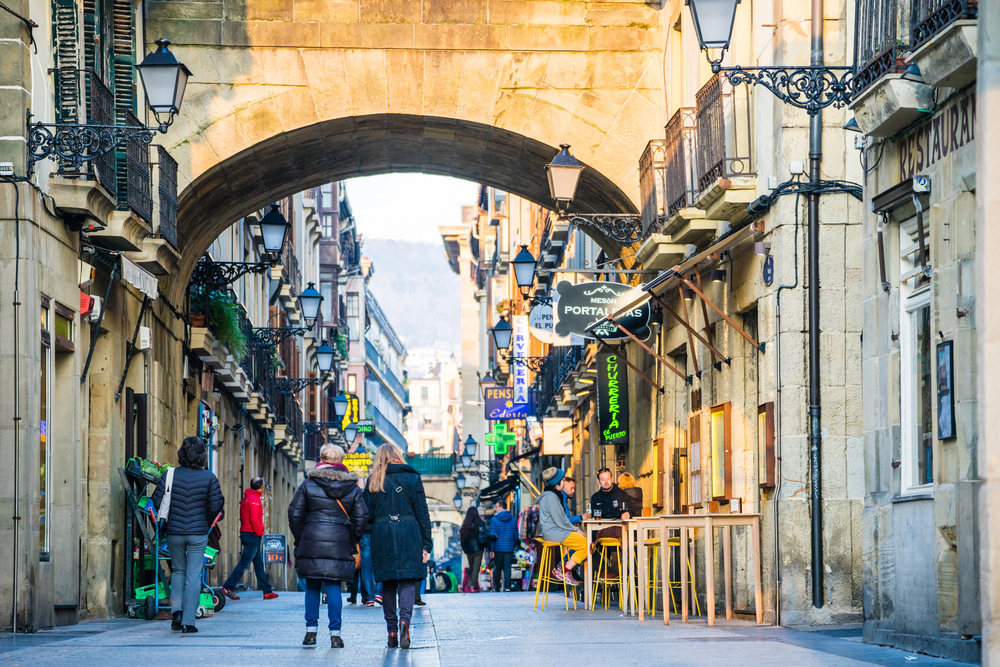
The Basque coastal city, with the world’s highest concentration of Michelin stars, has embraced culinary education through innovative cooking schools ranging from traditional pintxo workshops to molecular gastronomy laboratories. Morning classes often begin with visits to La Bretxa market followed by stops at specialized shops in the Old Town where participants sample aged cheeses, hand-carved jamón ibérico, and freshly caught seafood that will feature in their preparations.
Students learn the techniques behind classic Basque dishes like bacalao al pil-pil (salt cod with emulsified olive oil) and marmitako (tuna stew) while developing an understanding of how the region’s proximity to both mountains and sea has influenced its cuisine. The experience typically concludes with pintxo tours where newly trained cooks can compare their creations with those of the city’s famed bar chefs.
Bangkok, Thailand
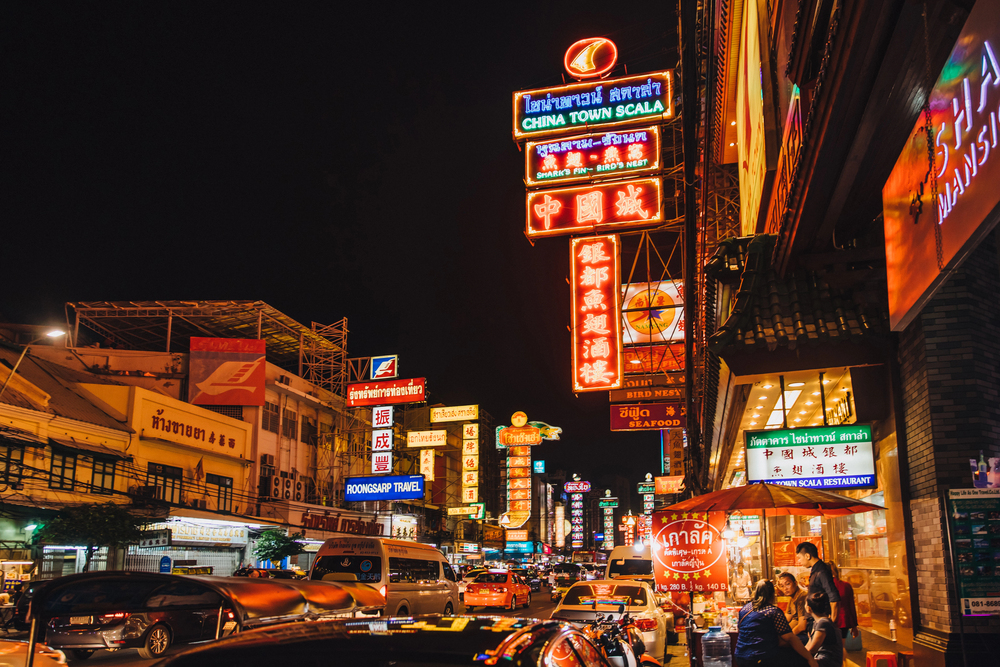
The Thai capital offers specialized cooking classes focused on royal Thai cuisine—the refined, intricately carved, and artfully presented dishes developed for the palace that differ significantly from everyday Thai cooking. Students learn the labor-intensive techniques for fruit and vegetable carving alongside precise coconut cream extraction methods and proper curry preparation in traditional brass woks over charcoal flames.
The comprehensive courses typically include market tours through lesser-known neighborhoods where instructors demonstrate how to select unfamiliar ingredients like pea eggplants, fingerroot, and Thai basil varieties rarely seen outside Southeast Asia. Between cooking segments, teachers explain the protocol and presentation standards of royal cuisine while demonstrating how everyday Thai dishes evolved from these court traditions through simplification of techniques and substitution of ingredients.
Like Travel Pug’s content? Follow us on MSN.
Florence, Italy
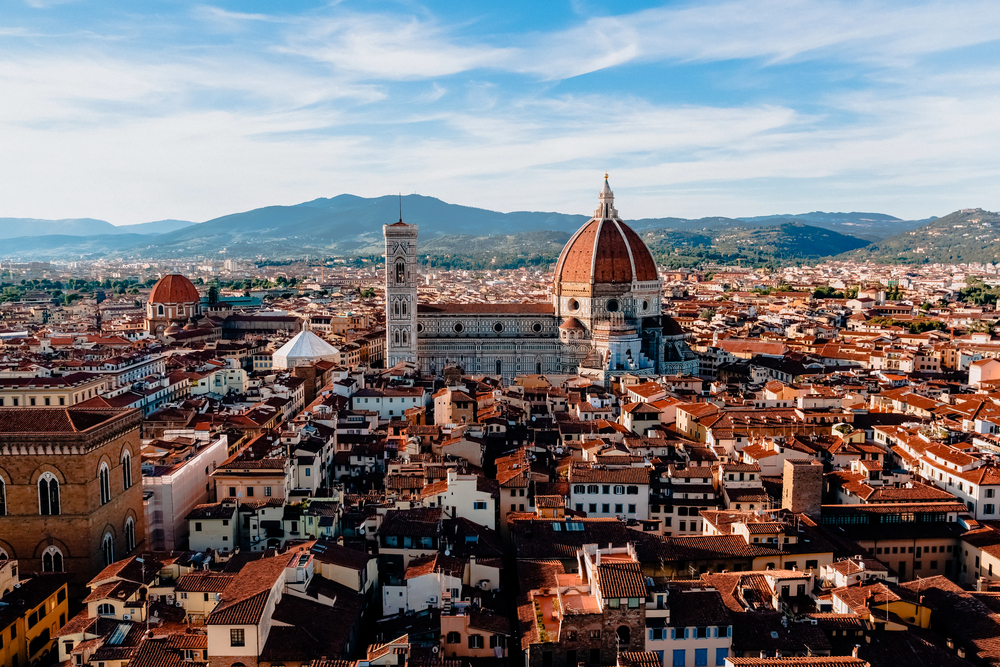
The Renaissance city offers cooking classes focused on Tuscan traditions of simplicity and respect for prime ingredients—particularly the region’s distinctive extra virgin olive oil that features prominently in most preparations. Morning sessions often begin at the Mercato Centrale, where instructors demonstrate how to select seasonal produce before retreating to kitchens housed in historic palazzos with views of the Duomo.
Students learn to prepare hand-rolled pici pasta, properly cook fagioli beans for the classic ribollita soup, and master the technique for bistecca alla Fiorentina—the iconic T-bone steak grilled rare over oak coals. Between cooking segments, teachers explain the peasant origins of most Tuscan classics and how the region’s cuisine developed as a counterpoint to the elaborate dishes favored in other Italian courts during the Renaissance period.
Fez, Morocco

The best-preserved medieval city in the Arab world offers cooking classes inside traditional riads where participants learn recipes unchanged for centuries behind the high walls of the ancient medina. Morning activities typically begin with visits to communal bread ovens where neighborhood women bring their dough for baking, followed by shopping expeditions into specialized souks for spices, preserved lemons, and olives that will feature in the day’s preparations.
Students learn to build flavors using preserved ingredients that developed before refrigeration, master the art of savory-sweet combinations in dishes like pastilla, and understand the importance of hands as tools in properly preparing couscous. The intimate classes often include tours of private family kitchens not normally accessible to visitors, providing glimpses into domestic Moroccan life rarely experienced by tourists.
Lima, Peru
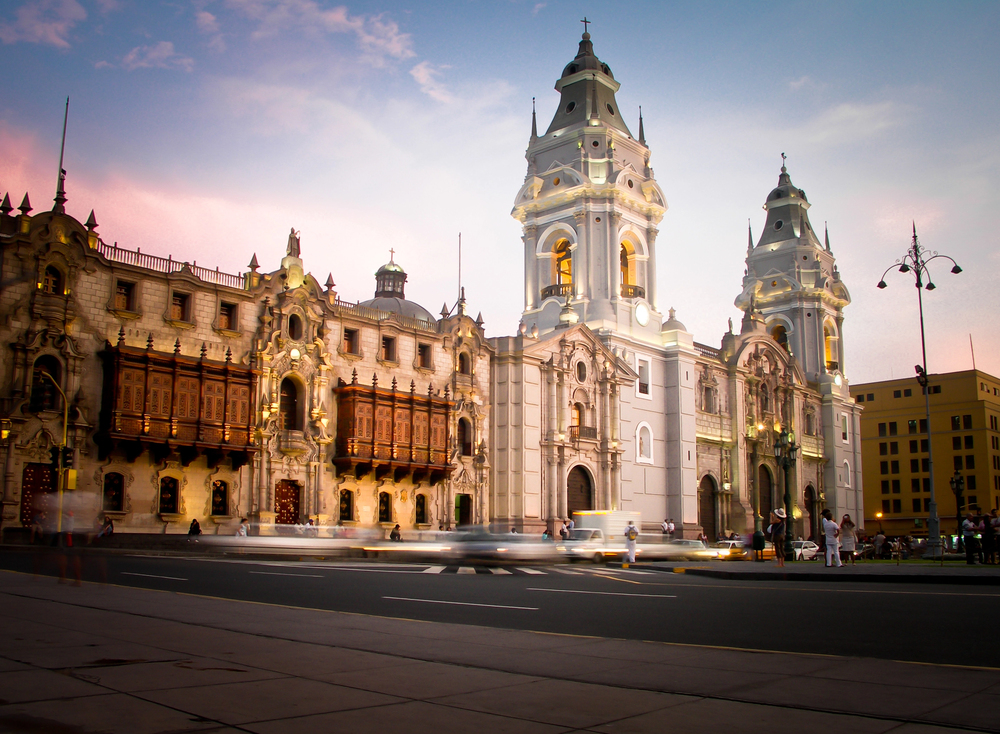
The culinary capital of South America offers hands-on classes exploring how indigenous Andean ingredients combined with influences from Spanish, African, Chinese, and Japanese immigrants to create one of the world’s most dynamic fusion cuisines. Market tours introduce participants to the staggering variety of Peruvian potatoes, chiles, and corn varieties alongside exotic Amazonian fruits rarely seen outside the country.
Students learn proper techniques for preparing raw fish ceviches using citrus “cooking,” master the art of tiger’s milk preparation, and understand how Peru’s diverse ecosystems—from the Pacific coast to the Andean highlands to the Amazon basin—contributed ingredients to its national cuisine. Multi-day courses often include field trips to nearby farms where participants harvest unusual ingredients like purple corn used in making chicha morada or learn about ancient agricultural practices like raised-bed farming developed by pre-Inca civilizations.
Like Travel Pug’s content? Follow us on MSN.
Siem Reap, Cambodia
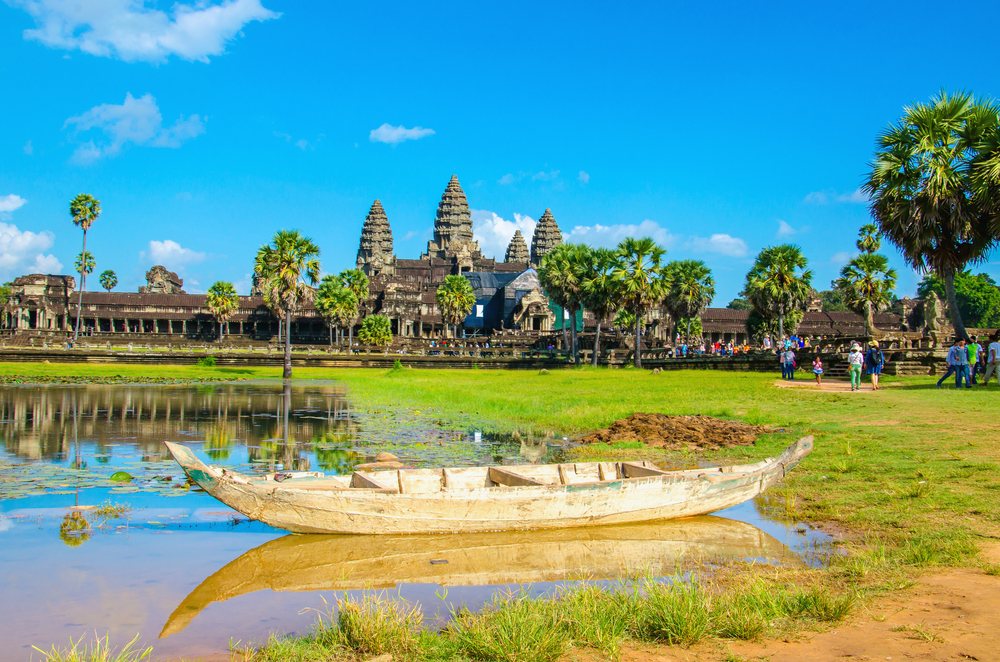
The gateway to Angkor Wat offers cooking experiences focused on reviving Khmer culinary traditions nearly lost during the Khmer Rouge period when many chief practitioners perished. Classes typically begin with visits to bustling local markets where instructors demonstrate how to select key ingredients like fermented fish paste (prahok), galangal, and kampot pepper that define the cuisine’s distinctive flavors.
Students learn to balance the bitter, sour, sweet, and salty elements that characterize Cambodian dishes while mastering techniques for preparing classic recipes like fish amok steamed in banana leaf cups and pork preserved in coconut milk. Between cooking segments, teachers explain how archeological evidence from Angkor Wat temple carvings has helped reconstruct forgotten recipes and techniques, connecting participants to culinary traditions dating back to the Khmer Empire’s 12th-century peak.
Mendoza, Argentina
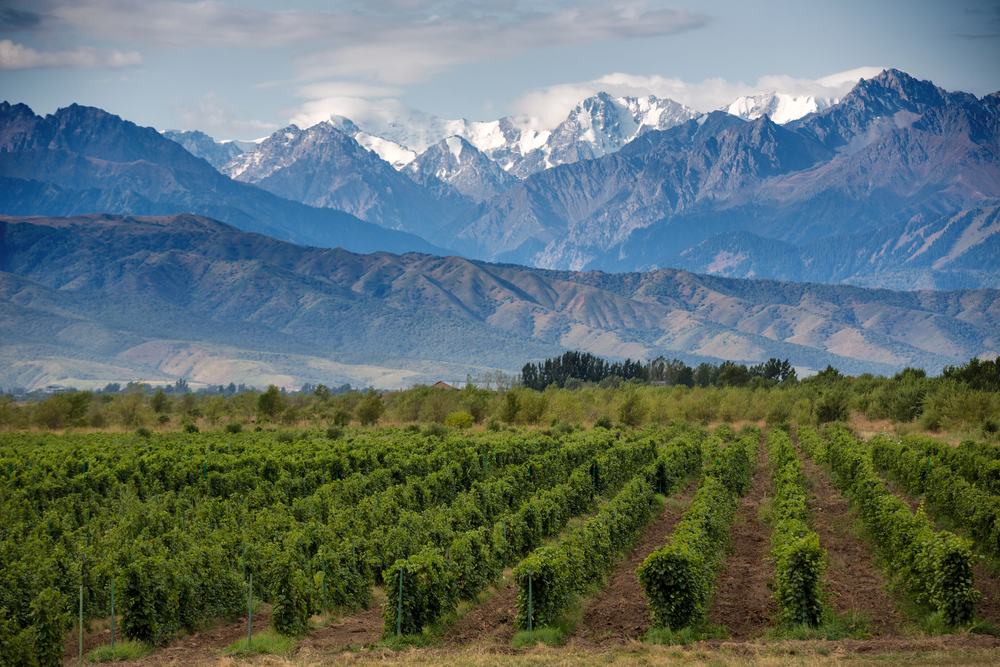
Nestled in the foothills of the Andes, this wine region offers cooking classes paired with wine education in settings overlooking vineyards and snow-capped mountain peaks. Morning sessions often begin with visits to local farms where participants harvest vegetables before learning the proper preparation of classic Argentine asados (barbecues) that showcase the country’s world-famous beef.
Students master the art of cooking different cuts over varying distances from open flames, prepare regional specialties like empanadas mendocinas filled with hand-cut meat, and learn to make proper chimichurri sauce with ingredients plucked from kitchen gardens. The immersive experiences typically include tutorials on mate tea preparation—an essential social ritual in Argentine culture—along with guided wine tastings focusing on how Mendoza’s high-altitude Malbec pairs with specific proteins and preparation styles.
Udaipur, India
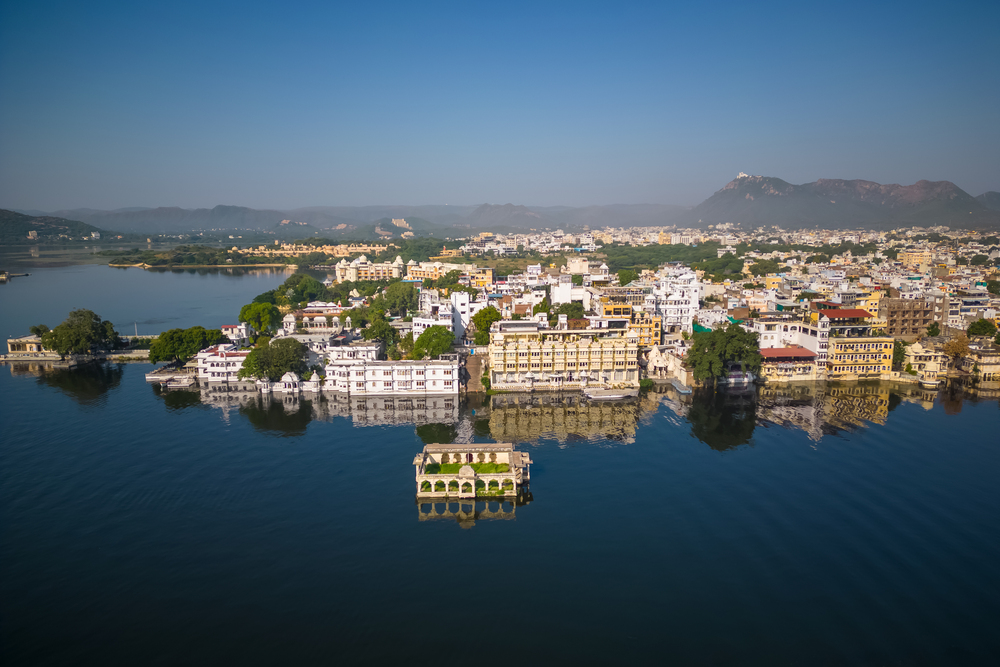
The romantic lake city in Rajasthan offers cooking classes in Maharaja palaces, where participants learn the refined techniques of royal Rajasthani cuisine alongside the distinct vegetarian traditions developed by the region’s Marwari community. Morning market visits introduce students to the bewildering array of spices used in Indian cooking while instructors explain which are toasted, which are used raw, and how grinding methods affect flavor development in different dishes.
Students learn to prepare perfect basmati rice, master the art of blending spices for distinctive curries, and understand the science behind proper bread making—from flaky parathas to puffy bhatura. Between cooking segments, teachers demonstrate how geography and religious practices shaped regional variations in Indian cuisine while explaining the Ayurvedic principles that influence ingredient combinations thought to promote health and well-being.
Like Travel Pug’s content? Follow us on MSN.
Copenhagen, Denmark
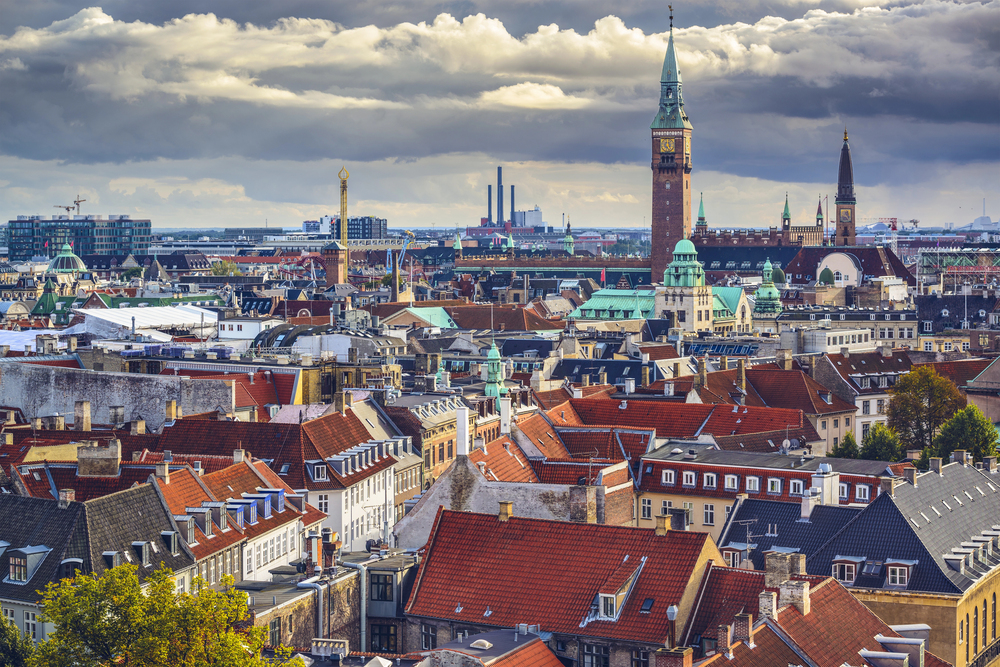
The epicenter of New Nordic cuisine offers innovative classes focused on foraging, fermentation, and preservation techniques that have revolutionized global restaurant culture over the past decade. Morning sessions often begin with guided foraging expeditions along nearby beaches and forests, where participants gather seaweed, wild herbs, and berries that will feature in their preparations.
Students learn the ancient preservation methods being revived by modern Danish chefs—including smoking, pickling, and fermentation—alongside modern techniques like vegetable ash creation and essence distillation. The forward-thinking courses encourage experimentation with unfamiliar flavor combinations while emphasizing sustainability principles that define the New Nordic movement. Instructors explain how necessity-driven practices from Denmark’s harsh winters have been transformed into cutting-edge culinary techniques now emulated worldwide.
A Recipe for Deeper Connection
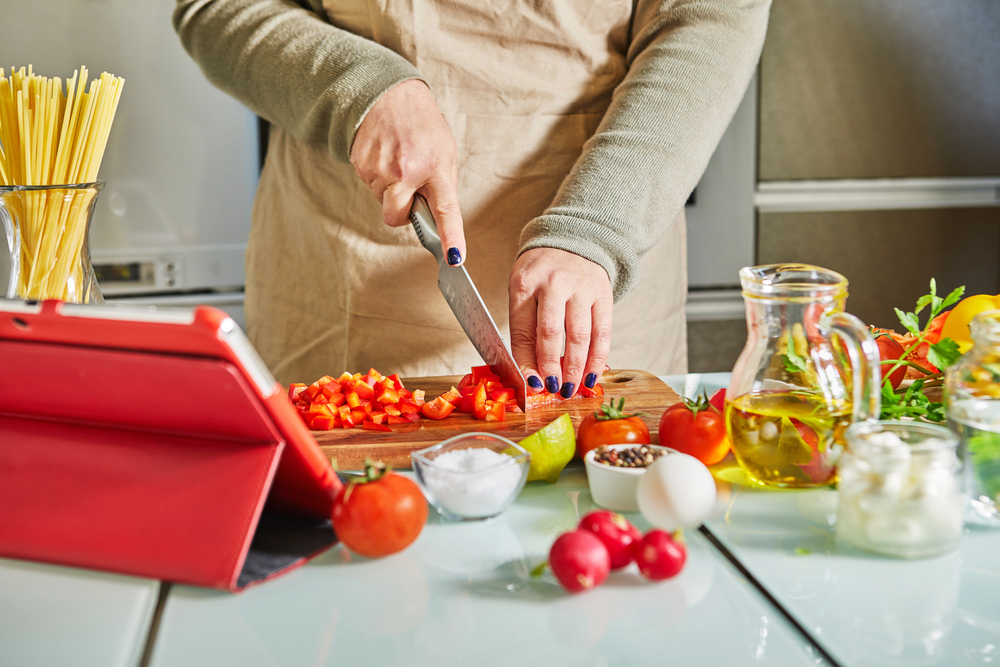
The finest cooking classes transform travelers from passive consumers into active participants in living culinary traditions. Beyond the practical skills and recipes acquired, these experiences provide windows into cultural values, historical influences, and social customs that might otherwise remain hidden from visitors. The sensory nature of cooking—combining touch, taste, smell, sight, and even sound—creates memories far more vivid than standard tourism experiences while fostering connections with local instructors who share not just recipes but personal stories and family traditions.
Whether mastering pasta with an Italian grandmother or pounding curry paste in a Thai village, these culinary classrooms offer something increasingly rare in modern travel—authentic human exchanges centered around our universal need for nourishment, both physical and cultural.
More from Travel Pug

- Cities Growing so Fast You Won’t Recognize Them in 10 Years
- 13 Destinations Where Tourists Regularly Regret Their Trip
- 16 U.S. Cities That Are Quietly Becoming Travel Hotspots
- Where to Travel If You Love Long Bus Rides and Daydreams
- 20 Cities Perfect for Solo Travelers Who Crave Adventure & Culture
Like Travel Pug’s content? Follow us on MSN.
